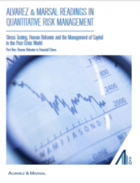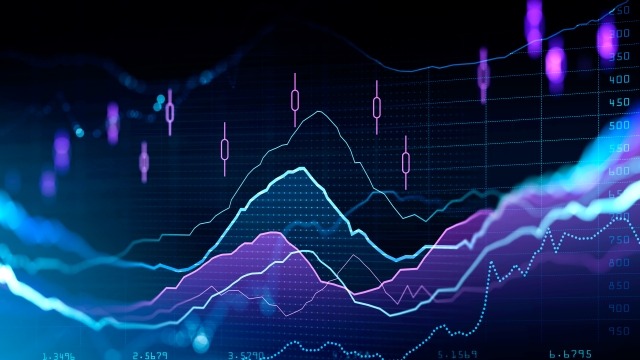Readings in Quantitative Risk Management (Part 1)
Part One: Human Behavior in Financial Crises
The U.S. banking industry has emerged from the most significant financial crisis in the past century. This crisis, coupled with the simultaneous Great Recession, had an impact on U.S. banks matched only by the Great Depression. For example, the U.S banking industry as a whole had negative net income in 2009, a level of unprofitability not seen since 1934. The extraordinary losses incurred in this period prompted new laws and regulations designed to rebuild the strength of the banking system.
U.S. banks now operate in a world defined by the capital that must be held in good times to permit survival in bad times.

Readings in Quantitative Risk Management
Stress Testing, Human Behavior and the Management of Capital in the Post-Crisis World - Part One: Human Behavior in Financial Crises
Read the full report



